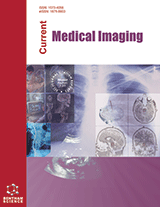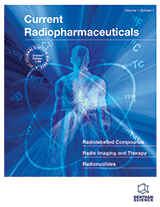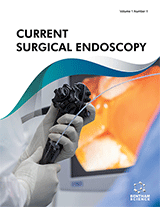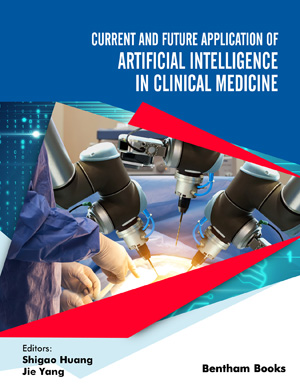Abstract
Background: The apparent diffusion coefficient (ADC), the quantitative parameter of diffusion-weighted magnetic resonance imaging (DW-MRI), is a measure for this restricted diffusion, and its role in gastric cancer (GC) including distinguishing malignant segments from healthy gastric wall, metastatic perigastric lymph nodes from benign nodes and evaluating response of GC to neoadjuvant chemotherapy has been investigated in previous studies. Evidence suggests that ADC may also be of help in assessment of aggressiveness and preoperative staging of gastric cancer, which needs to be explored in further studies.
Objective: To investigate the role of DW-MRI and its quantitative parameter, ADC in staging of gastric cancer.
Methods: Forty-six patients (28 male, 18 female, mean age 62 years) with non-metastatic biopsy- proven GC who underwent abdominal DW-MRI before surgery were included in this retrospective study. Tumor invasion depth (T-stage) and nodal involvement (N-stage) were evaluated using signal increase on DW-MRI, and tumor ADC was measured. Diagnostic performance of these results was assessed by comparing them with postsurgical histopathology based on 8th TNM classification.
Results: Sensitivity, specificity, and accuracy of DW-MRI in T-staging were 92.1%, 75%, 89.1% for ≤T2 vs. ≥T3; and 75%, 88.5%, 82.6% for ≤T3 vs. T4. However, sensitivity, specificity, and accuracy of DW-MRI in N-staging were 89.3%, 88.9%, 89.1% for ≤N1 vs. ≥N2; and 73.7%, 96.3%, 86.9% for ≤N2 vs. N3, respectively. Relative preoperative ADC values correlated with pT staging (r=-0.397, p=0.006). There was also a statistically significant difference of relative ADC values between ≤T3 and T4 stages, and a cut-off of 0.64 s/mm2 could differentiate these stages with an odds ratio of 7.714 (95% confidence interval, 1.479-40.243). The area under the receiver operating characteristic curve for differentiating ≤T3 and T4 stages was 0.725.
Conclusion: DW-MRI may contribute to the clinical staging of non-metastatic GC. In particular, relative ADC of DW-MRI can distinguish T4 gastric cancer from less advanced T-stages.
Keywords: Diffusion-weighted magnetic resonance imaging, apparent diffusion coefficient, gastric cancer, cancer staging, tumor invasion depth, non-metastatic.















